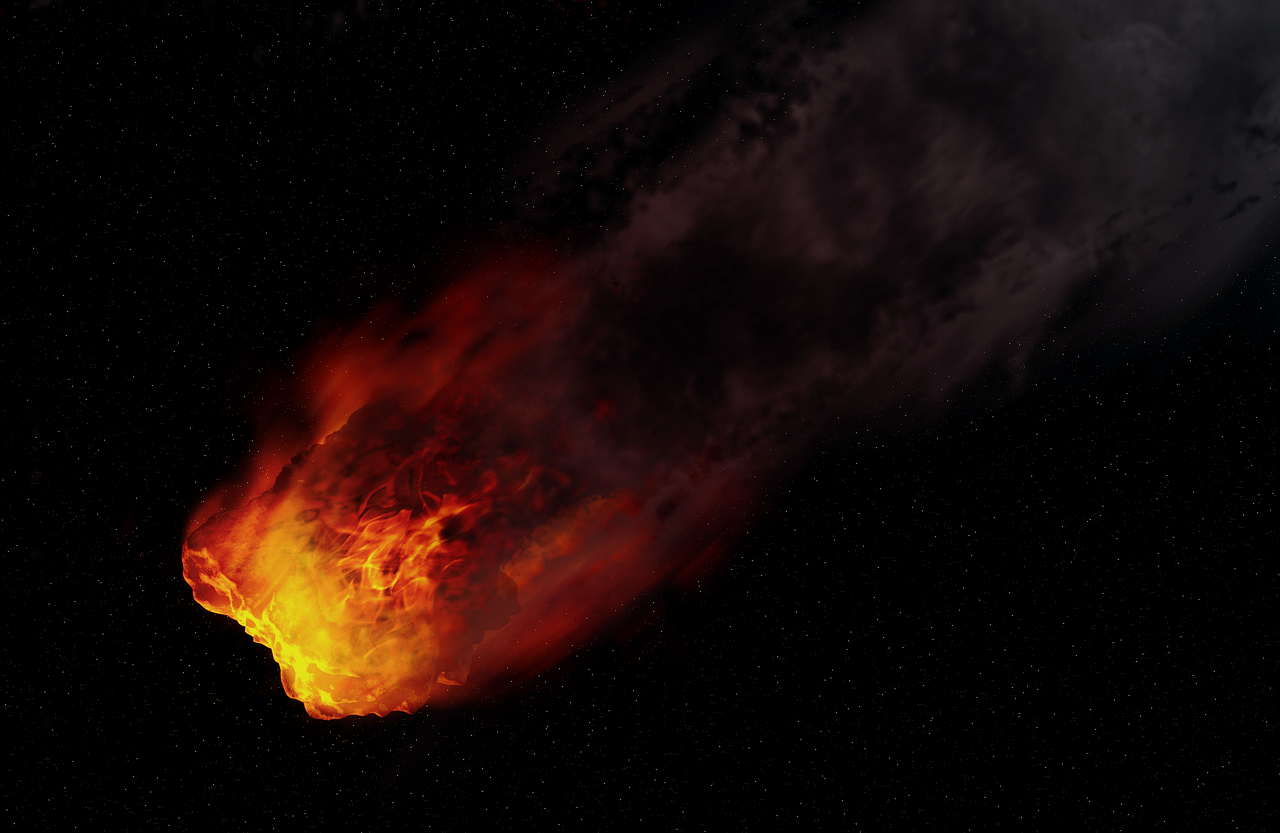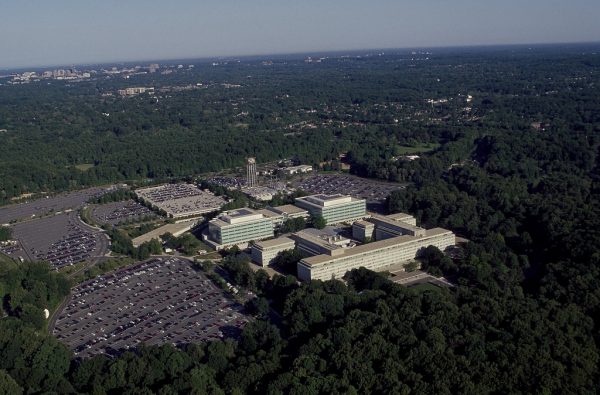Advertisement
Personally Thank President Trump Today
A new study concludes that ancient humans witnessed a massive asteroid collision that likely wiped out a primitive civilization in modern-day Syria. (Fox News)
The research, published in Scientific Reports, notes that experts discovered remnants of glass that were created during a high-impact event, as well as minerals such as chromium, iron, nickel and others, all of which formed in temperatures higher than 2,200 degrees Celsius, according to a statement from the University of California-Santa Barbara.
“To help with perspective, such high temperatures would completely melt an automobile in less than a minute,” said one of the study’s co-authors and UC Santa Barbara emeritus professor of geology James Kennett in the statement.
The discovery was made at a site known as Abu Hureyra, which was abandoned roughly 5,000 years ago.
The elements discovered at Abu Hureyra are “extremely rare” under normal conditions but commonly found at asteroid impact sites.
Researchers conclude a “single, major asteroid impact” would not have dispersed said elements across such a large geographic area, but a fragmented comet, possibly similar to the 1908 Tunguska event, could.
Evidence strongly suggests this is exactly what happened.
NASA scientists discovered a 19-mile wide crater, partially obscured by Greenland’s ice cap, in 2015 that may have marked the destruction of the Clovis people.
Advertisement
Personally Thank President Trump Today















